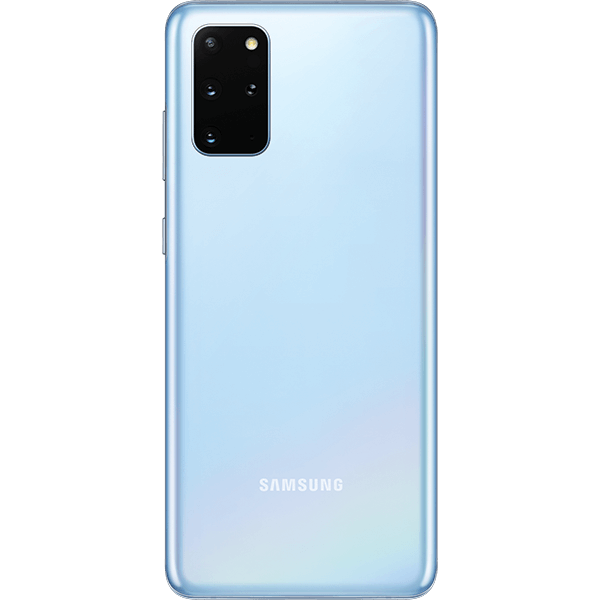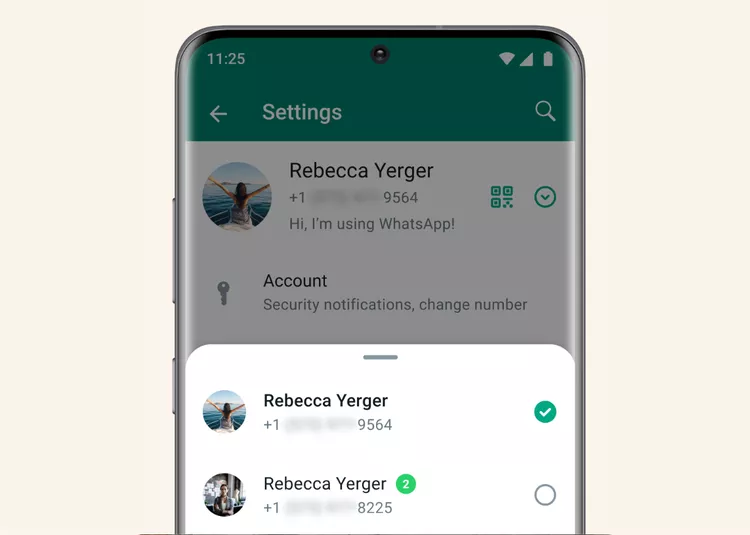You can’t let backups pile up on your new smartphone so today I’m going to walk you through how to delete a Nandroid backup from the LG G4.
Over the past few days I have walked you through how to unlock the bootloader for the LG G4, how to install a custom recovery on the LG G4, how to root the LG G4, how to create a Nandroid backup of the LG G4 and how to restore a Nandroid backup on the LG G4. To create a Nandroid backup you will need to unlock the bootloader of the G4 and you will need to install a custom recovery because that is how we are creating these backups. You don’t need to root it but it is something that a lot of us do with our phones as soon as we buy them.
I have been trying to get you in the habit of creating Nandroid backups of your LG G4 because this is something that I feel is important.
The more recent your backup is, the less data you will lose if you end up having to perform a factory reset on the LG G4. Even if you think you are just going to install a small root application, you should always do a Nandroid backup before or risk having to restore from an older backup and losing some of your data. The thing is, these backups tend to take up a lot of space on our LG G4. Plus, the more applications and the more data you have on the device, the larger these backups get.
So you will also want to get into the habit of deleting some of the Nandroid backups that you have created. What I like to do is keep at least two backups on my devices just in case one of them gets corrupt. So before I create my new backup, I will go through and delete the oldest backup that I have on the device. This helps to keep things rotated and keep your backups as fresh as possible. Since the delete process of TWRP isn’t that straight forward, here are the steps to get it done.
LG G4 Delete Nandroid Backup
- Boot the LG G4 into Recovery Mode
- Tap on the ‘Restore’ Option
- Tap on the Nandroid Backup That You Want to Delete
- Look in the Middle of the Screen, Toward the Right
- Then Tap on the ‘Delete Backup’ Option
- Confirm Your Choices, then Swipe the Blue Arrow at the Bottom All the Way to the Right
- Wait Until the Delete Process is Completed
- Tap on the Home Button at the Bottom of the Screen
- Tap on the ‘Reboot’ Option
- Then Tap on the ‘System’ Option
Explanation
I’m guessing because the main menu is already full of buttons, the developers have decided to tuck the delete feature away inside the Restore section of TWRP. This can be confusing at first until you get the hang of it. So once you reboot the LG G4 into recovery mode and you are at the TWRP main menu, look for the Restore option and then tap on it. From here, you will see a list of all the backups that you have available on the device. Tap on the oldest one(or whichever one you want to delete) and then look toward the middle of the screen.
Over toward the right you will see a button that says Delete Backup. Tapping on this button will tell TWRP that you want to delete this backup instead of restore from it. After tapping on the backup that you want to delete, look toward the bottom of the screen and swipe that blue arrow all the way to the right to confirm that you want to delete it. Once you swipe the arrow the backup will be deleted and you will not be able to recover it. The deletion process should be very quick and it should only take a couple of seconds to finish.
Once the backup has been deleted, I recommend creating your new backup and you can follow the tutorial for how to do this if you are not sure how. However, if you just want to reboot back into Android then you’ll want to tap on the Home button at the bottom of the screen. At the main menu you will need to tap on the Reboot option and then look for the System option and tap on it. This will instruct TWRP to reboot your LG G4 and you’ll be taken right back into the regular Android OS.



